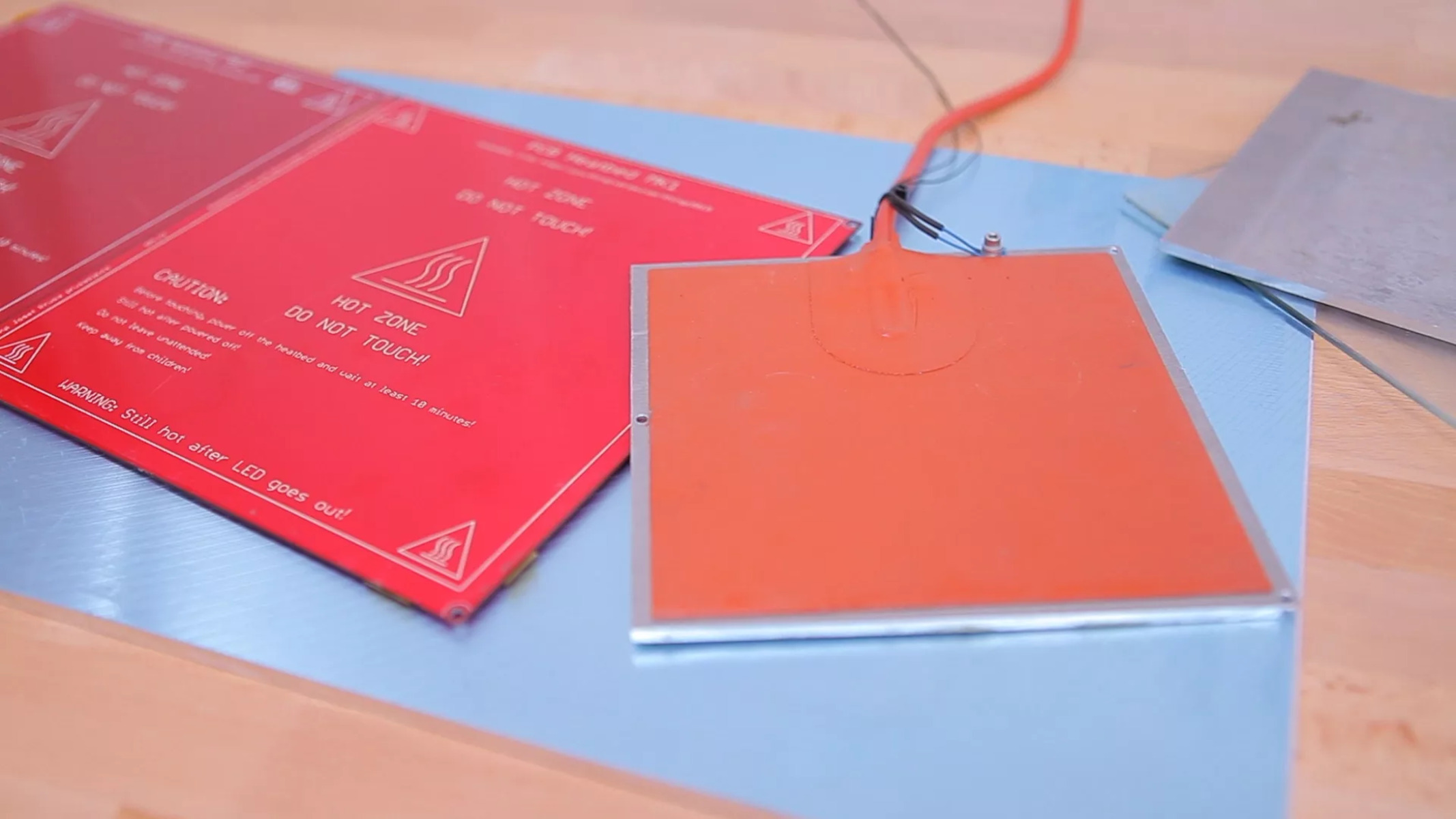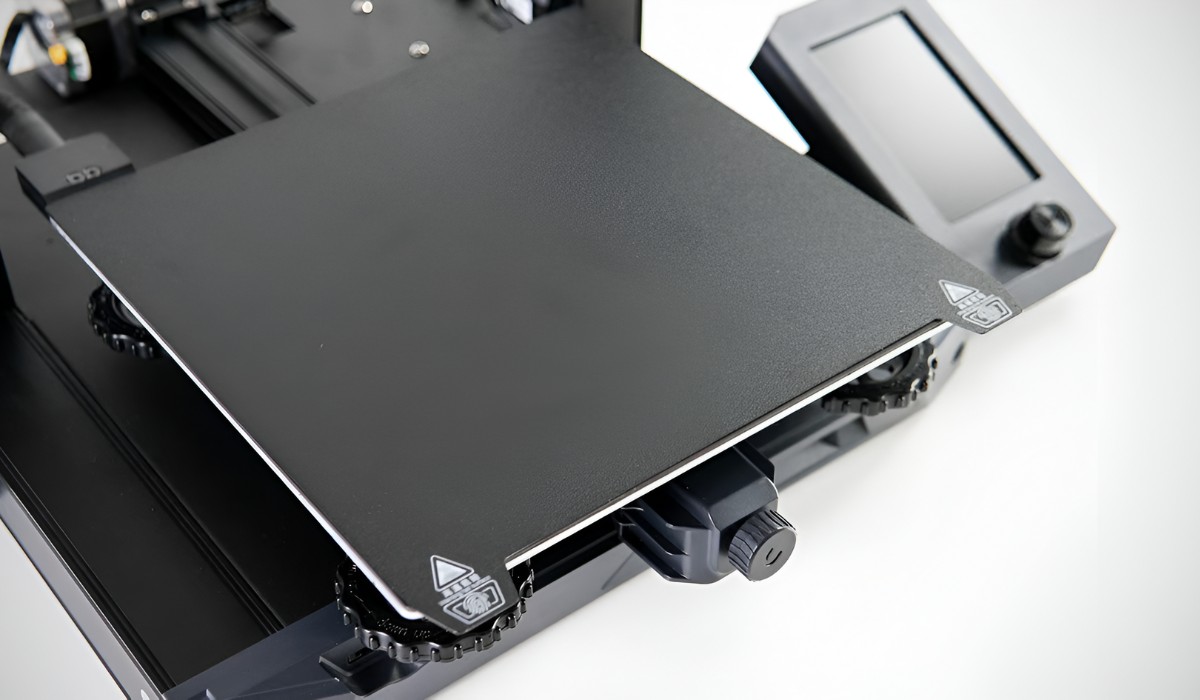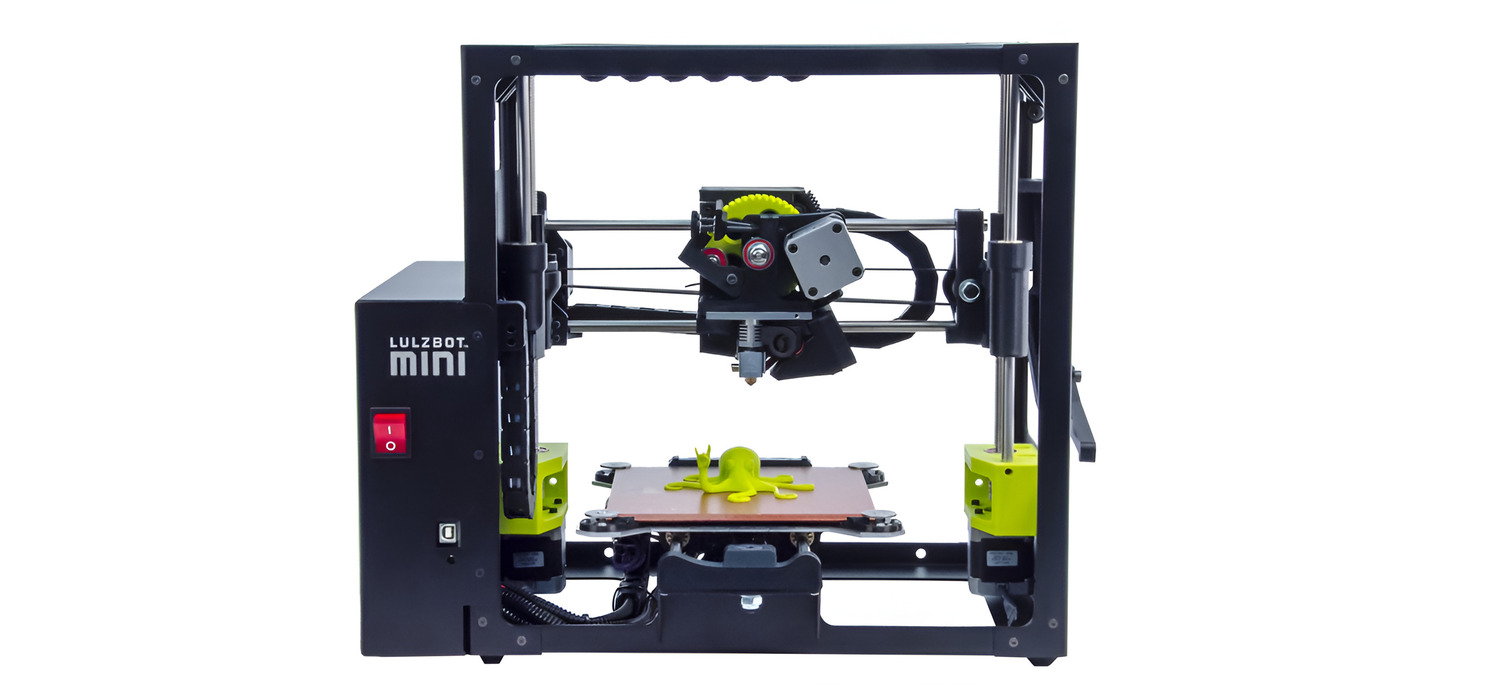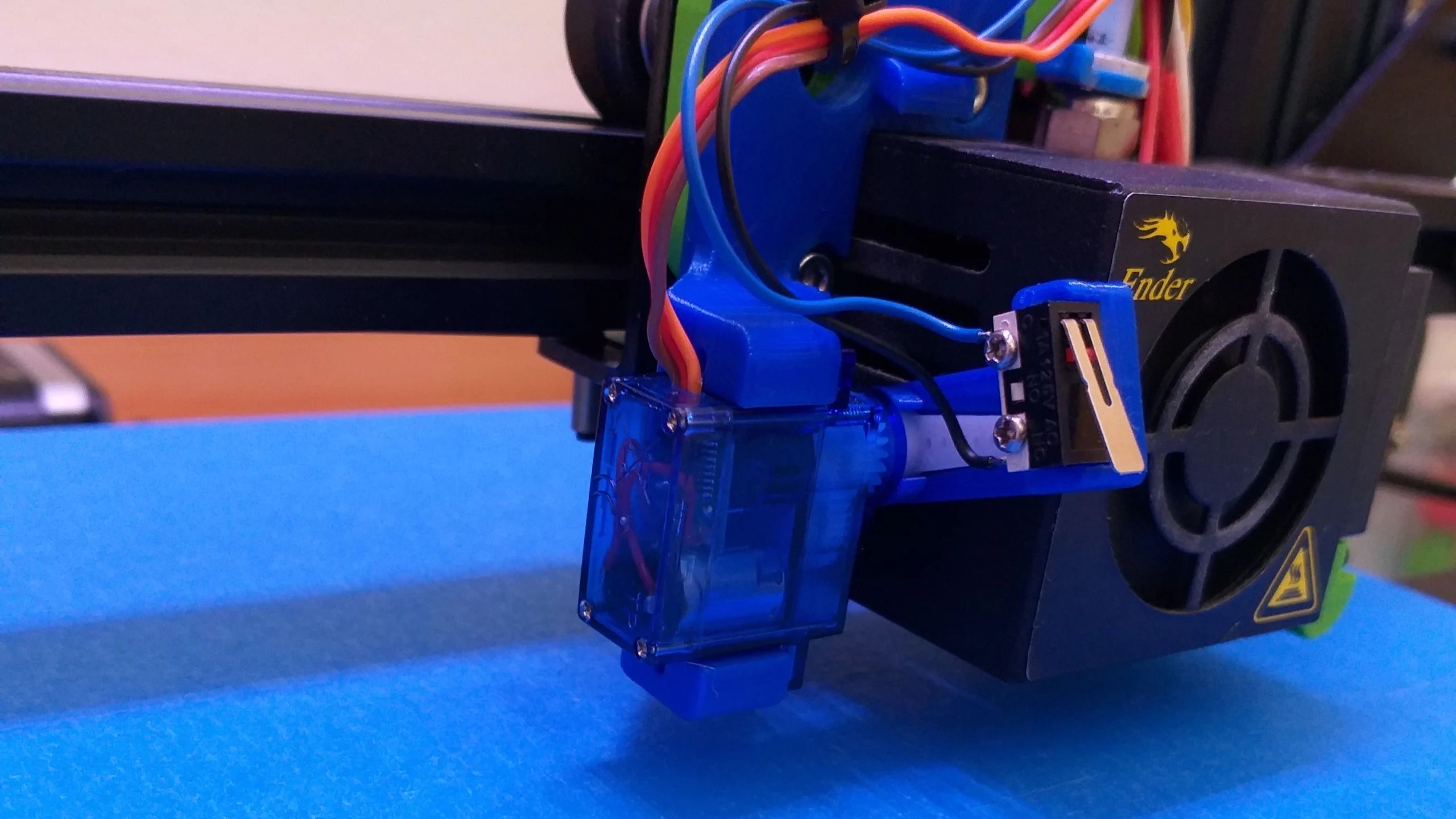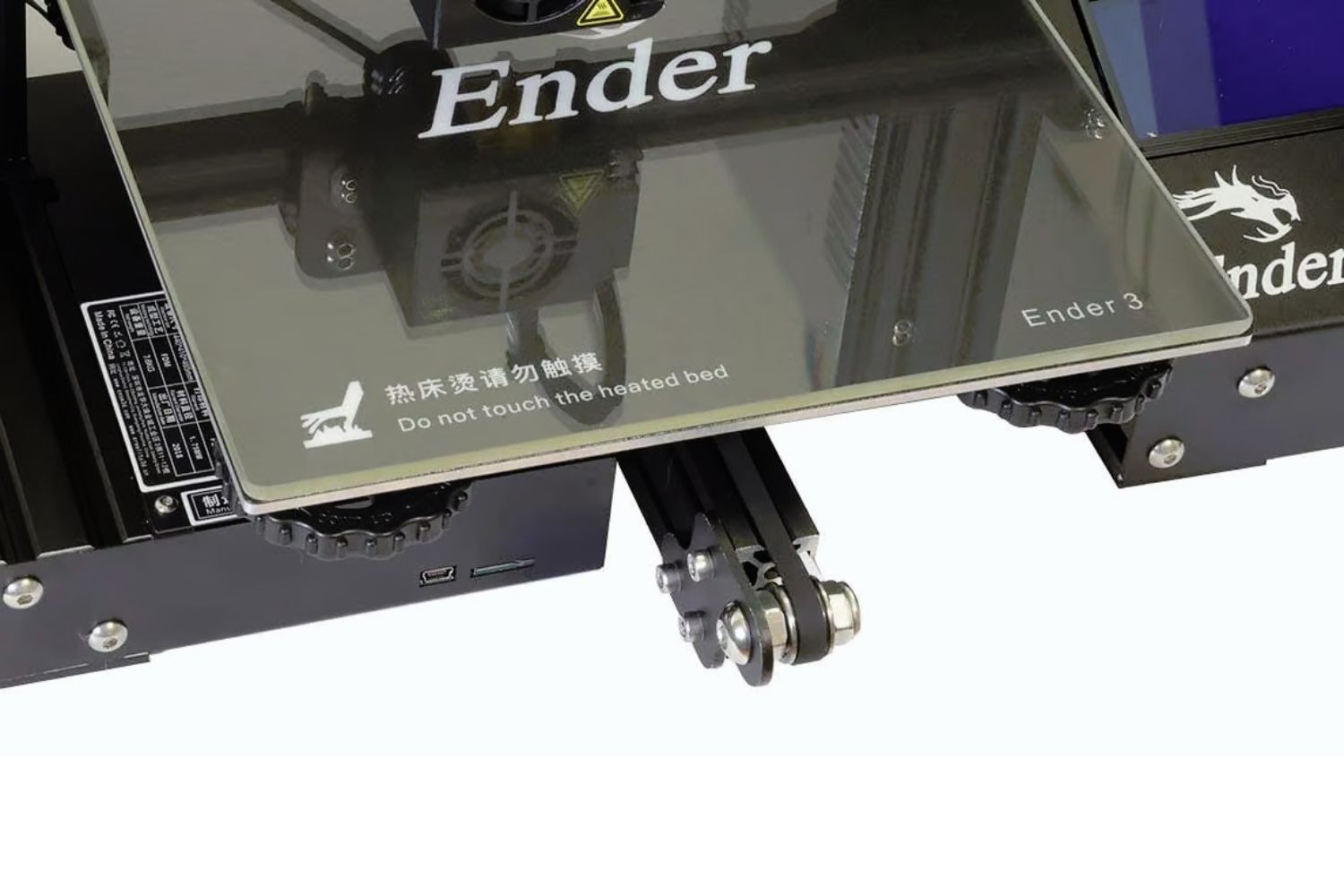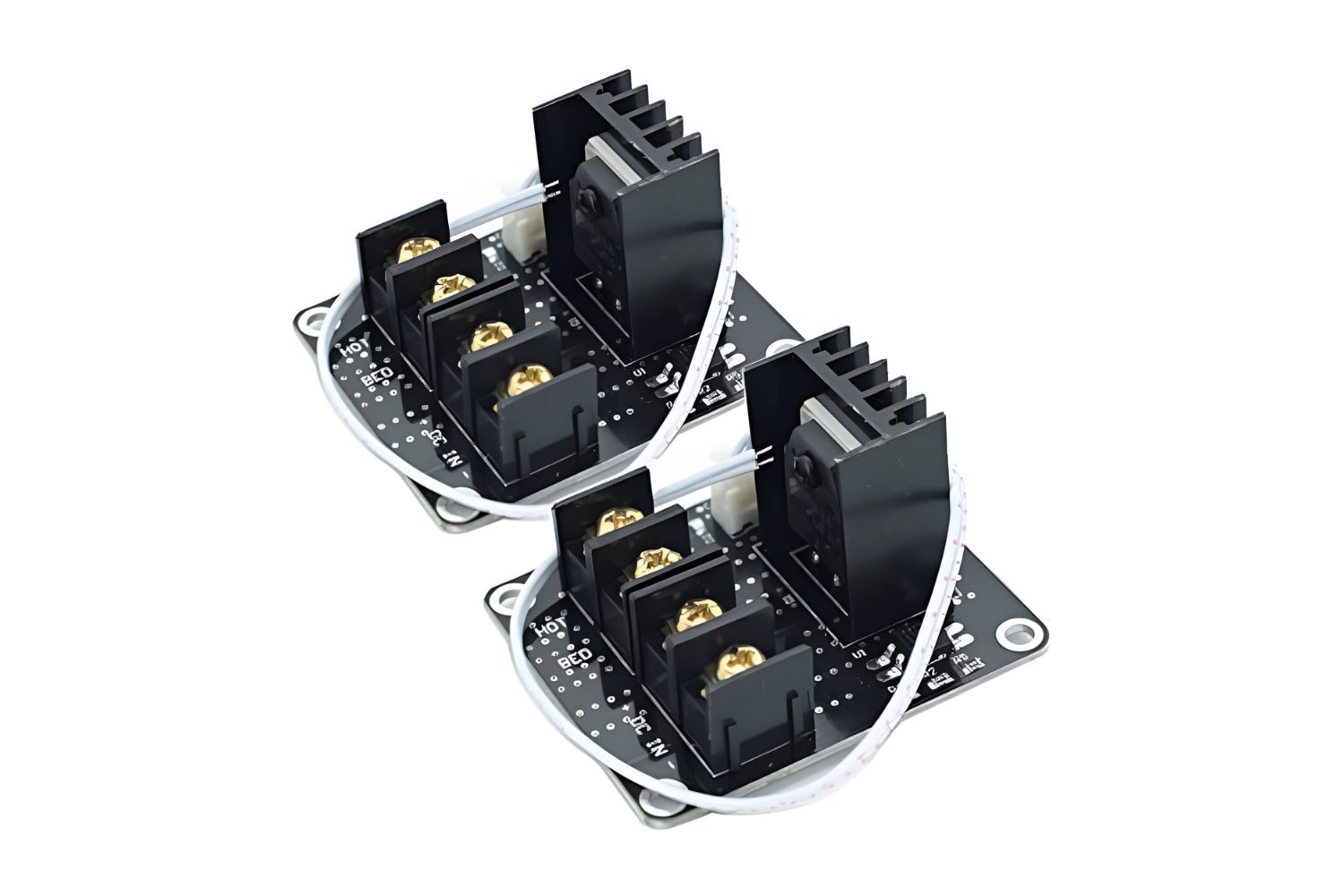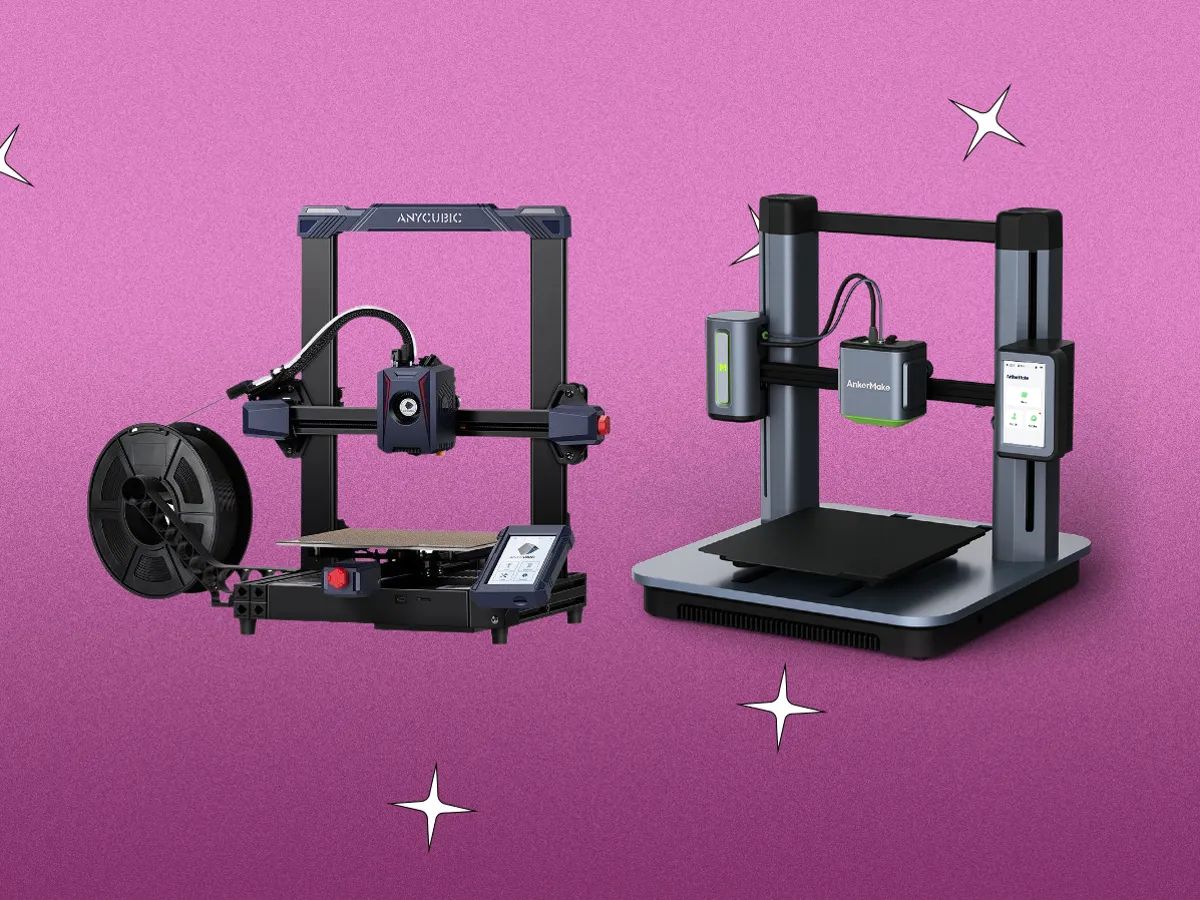Introduction
When it comes to 3D printing, the technology has advanced leaps and bounds in recent years, allowing for incredible creations to be brought to life. However, achieving optimal printing results is not just about the printer itself; it’s also about creating the ideal environment for the process. One crucial component in this equation is the heated bed.
A heated bed is a feature found in many 3D printers that, as the name suggests, provides a heated surface for the object being printed to rest on during the printing process. This seemingly small addition can have a significant impact on the final quality of your prints.
In this article, we will explore the importance of a heated bed, how it works, and the advantages it offers to 3D printing enthusiasts. Whether you are a seasoned pro or just starting your 3D printing journey, understanding the benefits of a heated bed will help take your printing to the next level.
Why is a Heated Bed Needed?
A heated bed is an essential component in 3D printing because it helps address a common issue known as warping. Warping occurs when the material being printed contracts as it cools down, causing the edges to lift or curl. This can lead to distorted and uneven prints, making them unusable.
By using a heated bed, the temperature of the printing surface can be controlled, ensuring that the cooling process is gradual and uniform. This helps to minimize the differences in contraction between the printed layers, reducing the risk of warping.
In addition to preventing warping, a heated bed also improves the overall adhesion of the print to the surface. As the material is heated, it becomes slightly more malleable, allowing it to bond more effectively with the bed. This results in a stronger connection, reducing the likelihood of the print detaching or shifting during the printing process.
Another benefit of a heated bed is that it helps to promote the uniform distribution of heat throughout the print. Without a heated bed, the bottom layers of the print may cool faster than the upper layers, causing uneven cooling and potential quality issues. With a heated bed, the heat is distributed evenly, ensuring consistent layer adhesion and reducing the chances of defects such as delamination.
Overall, a heated bed is a crucial component in 3D printing because it addresses the issue of warping, improves adhesion, and promotes uniform heat distribution. By providing a stable printing surface with controlled temperature, it helps to ensure that your prints are of high quality and remain firmly attached to the bed throughout the printing process.
How Does a Heated Bed Work?
A heated bed consists of a flat surface, usually made of glass or aluminum, with a built-in heating element underneath. The heating element is typically controlled by a temperature sensor and a controller, allowing you to set and maintain the desired temperature for your prints.
When you initiate a 3D print, the heated bed begins to warm up. The temperature will vary depending on the material you are using, but common bed temperatures range from around 50°C to 100°C. The heat is radiated through the printing surface, creating a warm and controlled environment for the object being printed.
The heating process is crucial because it helps to soften the material being printed, improving its adhesion to the bed. This allows the first layer of your print to be firmly attached and stay in place throughout the printing process.
In addition to heating the bed, some 3D printers also feature a bed leveling mechanism. This mechanism allows you to adjust the distance between the nozzle and the bed to ensure that the print is being applied at the correct height. A level bed is essential for the print to adhere properly and ensure consistent layering.
The temperature of the heated bed can be adjusted based on the type of filament you are using. Different materials require different bed temperatures to achieve optimal results. For example, PLA filament typically performs well at temperatures around 60°C, while ABS requires a higher bed temperature of around 90°C.
Overall, a heated bed works by providing a controlled and heated surface for your prints. It enables the material to adhere properly to the bed, promoting good print quality, reducing the risk of warping, and ensuring successful 3D prints.
Advantages of Using a Heated Bed
Using a heated bed in your 3D printing setup offers several advantages that contribute to the overall quality and success of your prints.
One of the primary benefits of a heated bed is that it helps to prevent warping. The controlled temperature of the bed ensures that the material cools down gradually and uniformly, reducing the differences in contraction between the layers. This minimizes the chances of the printed object lifting or curling at the edges, resulting in more accurate and precise prints.
In addition to preventing warping, a heated bed improves the adhesion of the print to the surface. The warmth of the bed makes the material slightly more malleable, promoting better bonding between the first layer and the bed. This strong connection reduces the risk of detachment or shifting during the printing process, leading to more stable and reliable prints.
Another advantage is the ability to print with a wider range of materials. Some filaments, such as ABS, nylon, or PETG, have a tendency to warp if not printed on a heated bed. By using a heated bed, you have the flexibility to experiment with different materials and achieve successful prints, expanding your 3D printing capabilities.
A heated bed also contributes to the overall print quality by promoting more uniform cooling. Without a heated bed, the lower layers of the print cool faster than the upper layers, which can result in uneven cooling and potential defects. With a heated bed, the heat is distributed evenly, ensuring consistent layer adhesion and reducing the chances of delamination or warping.
Furthermore, a heated bed can improve print accuracy. By maintaining a stable temperature throughout the printing process, it helps to control the thermal expansion and contraction of the printed material. This contributes to more precise dimensional accuracy, especially for larger prints that are susceptible to thermal variations.
Overall, the advantages of using a heated bed in 3D printing include preventing warping, improving adhesion, expanding material options, promoting uniform cooling, and enhancing print accuracy. Incorporating a heated bed into your setup is a valuable investment that can significantly enhance the quality and success of your 3D prints.
Preventing Warping and Improving Print Quality
One of the major challenges in 3D printing is the occurrence of warping, which can greatly impact the quality of your prints. Warping happens when the material being printed contracts unevenly as it cools down, leading to distorted and uneven objects. However, using a heated bed can effectively prevent warping and improve the overall print quality.
By heating the bed, the material remains at a consistent temperature throughout the printing process. This controlled temperature ensures that the layers cool down gradually and uniformly, minimizing the differences in contraction between them. As a result, the risk of warping is significantly reduced, allowing for more accurate and precise prints.
In addition to preventing warping, a heated bed also improves the adhesion of the first layer to the print surface. This is crucial because a strong connection between the print and the bed ensures that it stays firmly in place throughout the printing process. The heat from the bed slightly softens the material, enhancing its ability to bond with the surface. This results in better print adhesion and reduces the chances of detachment or shifting, leading to more stable and reliable prints.
Furthermore, a heated bed helps to promote more consistent cooling of the printed object. Without a heated bed, the lower layers of the print cool down at a faster rate than the upper layers, which can lead to uneven cooling and potential defects. With a heated bed, the warmth is distributed evenly, allowing for uniform cooling and reducing the chances of delamination or warping.
A heated bed is particularly beneficial when printing large objects or those with a large surface area. These prints are more susceptible to temperature variations, which can amplify the risk of warping. By using a heated bed, you can create a controlled environment that minimizes these temperature fluctuations, resulting in more accurate and high-quality prints.
Overall, the use of a heated bed in 3D printing is instrumental in preventing warping and improving the overall print quality. By providing a controlled and uniform temperature for the print surface, a heated bed ensures that the layers cool down gradually, enhances adhesion, and promotes consistent cooling. Incorporating a heated bed into your 3D printing setup is essential for achieving accurate, precise, and high-quality prints.
Materials That Benefit from a Heated Bed
While a heated bed is beneficial for various types of 3D printing materials, certain filaments particularly benefit from the use of a heated bed due to their unique properties and the challenges they present. Let’s explore some of the materials that benefit from a heated bed:
ABS (Acrylonitrile Butadiene Styrene): ABS is a popular filament known for its strength, durability, and high-temperature resistance. However, it is also prone to warping and cracking during the cooling process. Using a heated bed at temperatures between 90°C to 110°C can significantly reduce warping and improve the adhesion of ABS prints, resulting in more successful and reliable prints.
Nylon: Nylon filament is known for its toughness and flexibility. However, it has a high tendency to warp due to its high moisture absorption rate and the stresses created as it cools down. By using a heated bed set at around 70°C to 90°C, the risk of warping in nylon prints can be minimized, leading to stronger and more stable objects.
PETG (Polyethylene Terephthalate Glycol): PETG is a versatile filament that combines the ease of printing with the strength of ABS. While it is generally less prone to warping compared to ABS, a heated bed set at temperatures around 60°C to 80°C is still beneficial in improving the adhesion and preventing any potential warping issues that may arise during the cooling process.
PC (Polycarbonate): PC is a strong and heat-resistant filament commonly used for functional parts and prototypes. However, PC is highly susceptible to warping and requires an elevated print bed temperature, usually around 100°C to 120°C, to maintain proper adhesion and prevent warping during the printing process.
HIPS (High Impact Polystyrene): HIPS is commonly used as a support material for difficult-to-print objects. When printing with HIPS, a heated bed set at temperatures of around 90°C to 110°C is crucial to ensure proper adhesion and support material integrity, especially when printing with materials like ABS that require higher bed temperatures.
While these are just a few examples, it’s important to note that even materials like PLA, which are generally less prone to warping, can benefit from a heated bed in certain circumstances. Overall, a heated bed provides the necessary thermal environment to reduce warping and improve adhesion, offering better print quality and success rates for various types of materials in 3D printing.
Adjusting Bed Temperature for Different Filaments
One of the key considerations when using a heated bed is to adjust the temperature according to the specific filament you are using. Different filaments have varying temperature requirements to achieve optimal adhesion and prevent warping. Let’s explore how bed temperature can be adjusted for different types of filaments:
PLA (Polylactic Acid): PLA is a popular filament known for its ease of use and beginner-friendly nature. It typically requires a lower bed temperature ranging from 50°C to 60°C. Lower bed temperatures are sufficient for PLA prints as it has low shrinkage and excellent adhesion properties, making it less prone to warping.
ABS (Acrylonitrile Butadiene Styrene): ABS is a durable filament but notorious for its high tendency to warp. To combat warping, setting the bed temperature between 90°C to 110°C is recommended. The higher bed temperature ensures that ABS filament adheres well and minimizes the risk of warping during the cooling process.
Nylon: Nylon filaments have excellent strength and flexibility but can be challenging to print due to their high moisture absorption and warping tendencies. A heated bed temperature in the range of 70°C to 90°C helps to reduce warping and improves the overall print adhesion of nylon prints.
PETG (Polyethylene Terephthalate Glycol): PETG is a versatile filament that combines the best characteristics of PLA and ABS. It generally requires a bed temperature of around 60°C to 80°C. Although PETG is less prone to warping, maintaining a moderately warm bed ensures good adhesion and minimizes any potential warping issues.
PC (Polycarbonate): Polycarbonate is a strong and heat-resistant filament, making it suitable for functional parts and prototypes. To achieve proper adhesion and prevent warping, a higher bed temperature in the range of 100°C to 120°C is necessary. The elevated temperature helps to maintain adhesion throughout the cooling process.
HIPS (High Impact Polystyrene): HIPS is commonly used as a support material for complex prints. It requires a bed temperature similar to ABS, ranging from 90°C to 110°C, to ensure proper adhesion and support material integrity, especially when printing with filaments like ABS that require higher bed temperatures.
Remember that these are general guidelines, and it’s essential to refer to the filament manufacturer’s recommendations for specific temperature ranges. Additionally, it may take some experimentation to find the perfect bed temperature for your specific printer and filament combination.
By adjusting the bed temperature according to the specific filament, you can optimize the adhesion and prevent warping, resulting in successful and high-quality prints with a variety of filaments.
Tips for Using a Heated Bed Efficiently
Using a heated bed efficiently is important to maximize its benefits and ensure successful 3D prints. Here are some tips to help you use a heated bed effectively:
1. Proper Bed Leveling: Ensure that your bed is properly leveled before starting a print. A level bed ensures consistent contact between the print surface and nozzle, promoting even layer adhesion and preventing print failures.
2. Use a Quality Build Surface: Invest in a high-quality build surface that provides good adhesion for your prints. Build surfaces like PEI sheets, glass with adhesive, or specialized bed adhesives can greatly enhance the adhesion of your prints and make removal easier.
3. Clean the Bed Surface: Before each print, make sure to clean the bed surface to remove any dust, debris, or leftover adhesive. A clean surface helps to maintain good adhesion and prevents any potential interference with the print quality.
4. Adjust the Bed Temperature: As mentioned earlier, adjust the bed temperature according to the specific filament you are using. Follow the filament manufacturer’s recommendations and perform test prints if needed to find the optimal bed temperature for each material.
5. Consider Using a Brim or Raft: For certain prints or materials prone to warping, consider using a brim or raft as an additional adhesion aid. A brim adds a small border around the print, while a raft creates a removable base. Both techniques help improve print adhesion and reduce warping risks.
6. Monitor Prints Carefully: Keep a close eye on your prints, especially during the first few layers. Check for any signs of poor adhesion or warping and make adjustments if necessary. Being vigilant allows you to catch any issues early on and prevent potential print failures.
7. Experiment with Enclosures: Consider using an enclosure around your printer, especially when printing with materials like ABS or PETG. An enclosure helps to maintain a stable and consistent temperature environment, reducing the chances of warping and ensuring better print quality.
8. Use Cooling Fans Strategically: While a heated bed is important for adhesion, it’s crucial to balance it with proper cooling. Cooling fans aimed at the print can help to solidify the layers quickly and reduce the risk of overheating or deformations in certain filaments.
9. Learn from Failed Prints: Failed prints can provide valuable insights. Analyze and understand the reasons behind failed prints, such as warping or adhesion issues, and make adjustments to your printing settings or bed temperature for future prints.
10. Maintain Your Heated Bed: Regularly clean and maintain your heated bed to ensure its optimal performance. Follow the manufacturer’s guidelines for maintenance, such as cleaning the surface, checking wiring connections, and calibrating the temperature sensor if required.
By following these tips, you can use your heated bed efficiently, optimize adhesion, prevent warping, and achieve high-quality prints consistently.
Conclusion
The heated bed is a vital component in the world of 3D printing, offering numerous advantages and improvements to the printing process. By preventing warping, improving adhesion, and promoting uniform cooling, a heated bed helps to achieve higher quality prints with greater accuracy and stability.
From materials like ABS and nylon to PETG and PC, various filaments benefit greatly from the use of a heated bed. The ability to adjust the bed temperature according to the filament being used ensures optimal adhesion and minimizes the risk of warping, leading to successful prints and reducing wasted time and material.
To use a heated bed efficiently, proper bed leveling, using a quality build surface, and regular maintenance are key. Monitoring prints closely, experimenting with enclosures, and strategically using cooling fans can also enhance the printing process. Learning from failed prints and making necessary adjustments further improves your printing skills and outcomes.
By understanding the importance of a heated bed and implementing best practices, you can unlock the full potential of your 3D printer. With improved adhesion, reduced warping, and better print quality, you can bring your designs to life with precision and confidence.
As the field of 3D printing continues to evolve, the heated bed remains an essential tool for achieving excellent results. Embrace the benefits of this technology, experiment with different materials, and unleash your creativity to embark on endless possibilities in the world of 3D printing.







